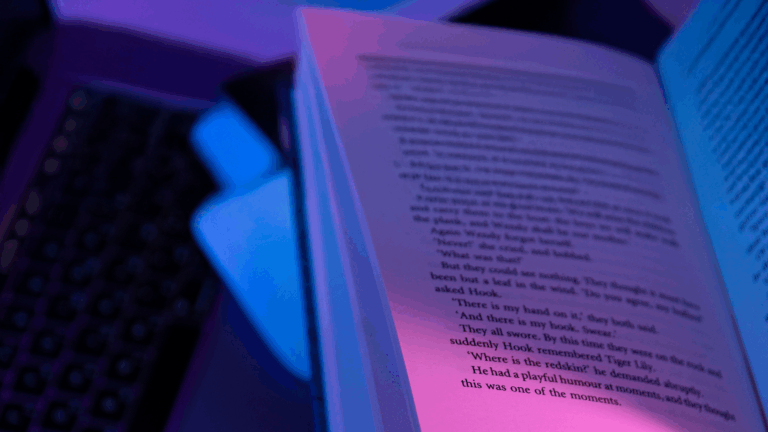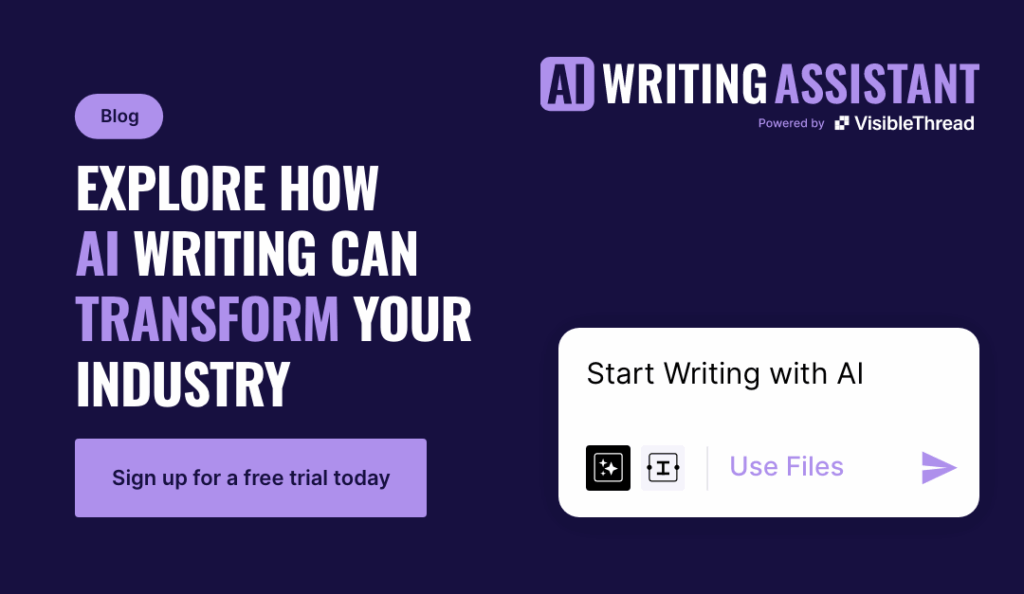- Updated July 11, 2025
What Is the Flesch Reading Ease Test and How Is It Calculated?
The Flesch Reading Ease Test is a readability formula designed to measure how easy a piece of writing is to understand. It was developed by Rudolf Flesch, writing and readability expert, in 1948 as part of his efforts to promote clearer and simpler writing. The formula calculates a score based on two key factors: sentence length and word complexity.
The test works by taking the average number of syllables per word and the average number of words per sentence. The Flesch Reading Ease score is then calculated using the following formula:
Flesch Reading Ease Score = 206.835 – (1.015 × ASL) – (84.6 × ASW)
Where:
ASL (Average Sentence Length) = Total number of words ÷ Total number of sentences
ASW (Average Syllables per Word) = Total number of syllables ÷ Total number of words
The result is a score ranging from 0 to 100, with higher scores indicating easier readability. A higher score generally means that the text is simpler, more straightforward, and more accessible to a broader audience. Conversely, a lower score indicates more complex writing that might be harder for the average reader to understand.
For example, a score between 90-100 is considered “very easy to read,” typically corresponding to the reading level of a 5th grader. A score below 30 is considered “very difficult to read” and is typically used for specialized academic or technical writing.
The Flesch Kincaid Grade Level Test
A few decades later, Flesch teamed up with J. Peter Kincaid to develop the Flesch-Kincaid Grade Level Test.
The Flesch-Kincaid Grade Level Test matches the readability scores with the US grade level of education that the reader would need to understand that text.
| Score | US School Level | Notes | Examples |
|---|---|---|---|
| 100-90 | 5th grade | Very easy to read. Easily understood by an average 11-year-old student. | Harry Potter and the Sorcerer’s Stone, JK Rowling |
| 90-80 | 6th grade | Easy to read. Conversational English for consumers. | The Lord of the Rings, JRR Tolkien |
| 80-70 | 7th grade | Fairly easy to read. | Harry Potter and the Deathly Hallows, JK Rowling |
| 70-60 | 8th & 9th grade | Plain English. Easily understood by 13-15-year-olds. | The Tipping Point, Malcolm Gladwell |
| 60-50 | 10th to 12th grade | Fairly difficult to read. | Moby Dick, Herman Melville |
| 50-30 | College | Difficult to read. | Academic paper on chess |
| 30-0 | College graduate | Very difficult to read. Best understood by university graduates. | The Affordable Care Act |
Why Score Content for Readability?
Let’s take a step back and think of the bigger picture. Why go to such trouble to score content or make it readable? Simply because writing in plain language allows you to reach as many people as possible. Having a good readability score can also dramatically improve user experience—think of the negative impact jargon-laden banking terms or complex Medicare documentation can have. Writing software, including advanced tools like AI writing assistants, can help achieve these goals by assisting in creating clear and accessible content. In fact, as we approach 2025, AI writing assistants have become increasingly adept at improving readability scores across industries, even in regulated environments.
In addition to this, AI tools have integrated features that can optimize for readability scores like the Flesch Reading Ease Test in real-time. These assistants can scan text, suggest simpler sentence structures, reduce passive voice, and replace complex terms with simpler synonyms, thus improving the overall readability of content.
The Plain Writing Act
The Plain Writing Act came into force in 2010, requiring federal agencies to use clear government communication that the public can understand and use. And while not mandated legally, regulators such as the SEC strongly advocate for clear language. AI writing assistants now play a vital role in ensuring that the required standards are met, particularly when drafting legal, financial, and technical documents.
Experts suggest aiming for a score of 60 or higher when writing for the average American. Referring back to our scoreboard, we’re aiming for a Moby Dick level of understanding. That might sound easy. Moby Dick is a pretty challenging read, so firms should be able to pitch content at this level, right? We found the opposite to be true. Our research uncovered many industries creating content that is way above this benchmark. These include:
Asset management
US healthcare industry (specifically, Medicare documents)
Retail banking
Insurance industry
Government agencies
And the results are sobering. Failure to communicate clearly erodes trust amongst consumers, and significantly adds to business costs when customers call for clarity.
“But All Our Customers Are Well-Educated…”
Many organizations fall into the trap of believing that, as their industry deals with complex subject matter, communications must be difficult to understand. It’s an inevitable consequence of healthcare/finance/defense and space. Or worse, they believe that their customers are too smart for plain language. That they’ll feel “spoken down” to. In fact, the opposite is true. The UK’s government website says it best: “The more educated a person is, and the more specialist their knowledge, the more they want it in plain English.” Make no mistake—it is possible, and crucial, to make content from all industries accessible to everyone. For so many reasons:
We’re all pressured for time, and complex communications add to our cognitive load.
In complex industries such as healthcare and finance, it’s even more critical that readers understand the content. The subject matter is too important to miss any details.
Communicating in plain language makes it less likely that customers will have follow-up questions. That saves time and money for both the business and the customer.
Flesch Reading Ease Test: Valuable, Yet Not a Universal Solution
Let’s not forget that the Flesch Reading Ease Test is just one measure of readability. It is, by no means, the only thing to check for in your content. Other crucial factors to consider are:
Long sentence density
Overuse of passive voice (much harder to process than active voice)
Pronoun density
Complex word density
Use of jargon and industry acronyms
Overuse of institutional language
VT Writer scans content for readability and also flags instances of the above. AI-powered writing assistants can also assist by highlighting these areas and offering suggestions to improve content clarity in real-time.
But don’t forget the importance of great subject matter—something that no product or test will account for. Just because something is more readable doesn’t make it better or more appropriate. Refer back to our scoreboard from earlier on in the blog. Harry Potter and the Sorcerer’s Stone is pitched at a score of 90-100. Whereas the academic paper on chess is readable by college students, with a score of 30-50. That actually makes sense, more or less. It would be strange if a Young Adult Fiction (YA) novel was pitched at college level. Or an academic paper for 5th graders. However, health insurers creating Medicare content that’s harder to read than Moby Dick does not make sense.
Moving Forward: How AI Writing Assistants Are Changing the Game
AI writing assistants in 2025 have reached a level where they don’t just help create clearer text—they ensure your content meets a specific reading ease score while maintaining accuracy and professionalism. These tools can help regulated industries, such as healthcare, finance, and government, draft and edit content to comply with readability standards, ensuring that all communications, from brochures to complex legal documents, are accessible and consumer-friendly.
It has been over 70 years since Flesch developed his formula, and now, with the aid of AI technology, it’s time to do even better.








